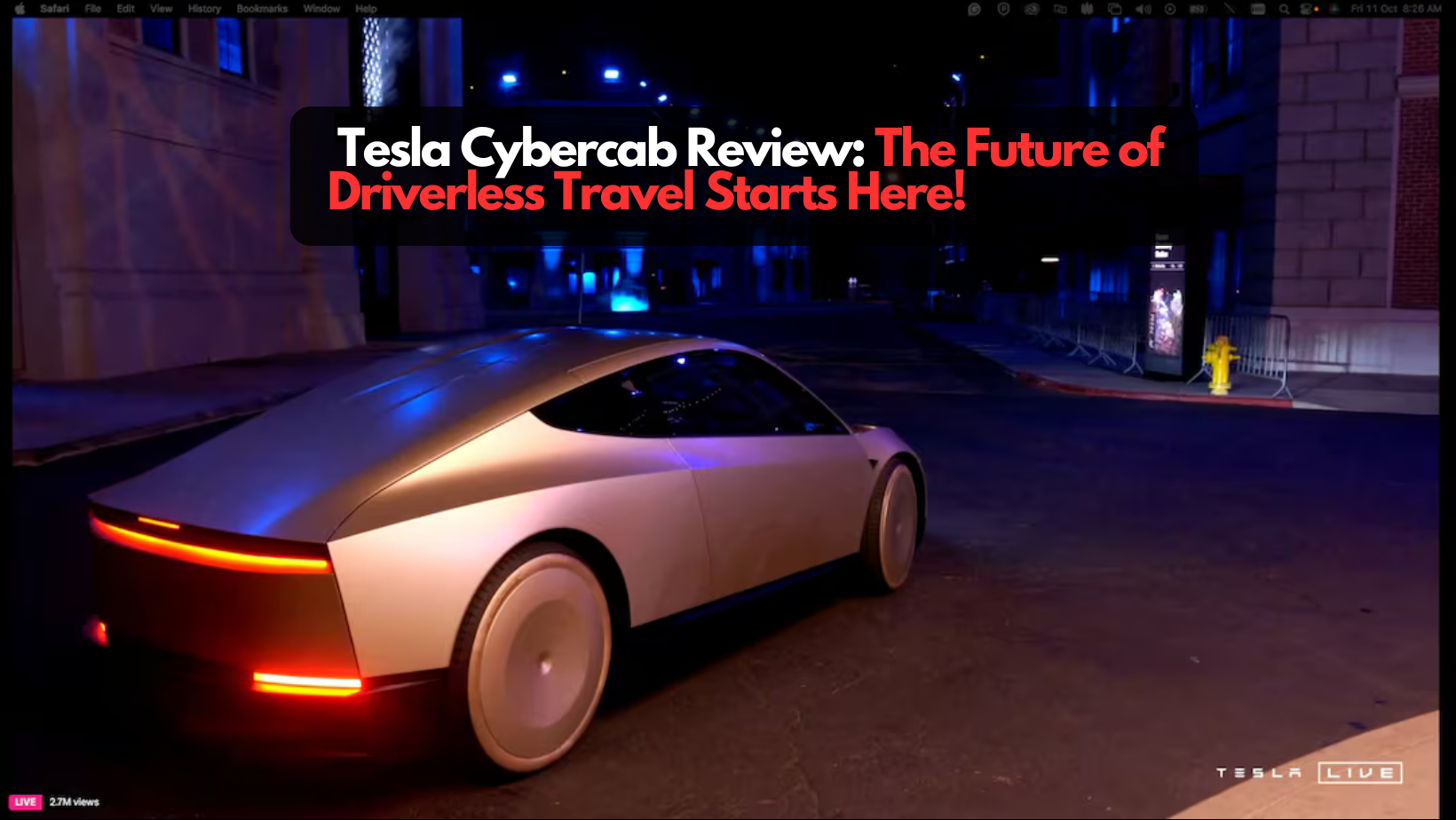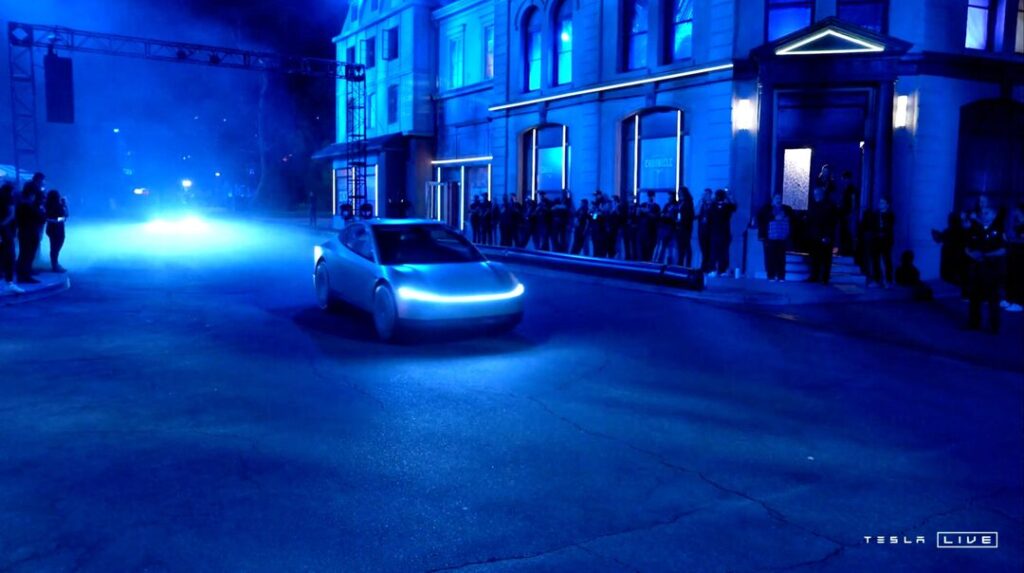
Tesla has officially unveiled its highly anticipated Robotaxi Cybercab, a fully autonomous vehicle poised to transform the future of passenger travel. Revealed during an event at Warner Bros. Studios in Los Angeles on October 10, this revolutionary electric vehicle showcases Tesla’s latest advancements in autonomous driving technology and futuristic design. The Tesla Robotaxi Cybercab is expected to start production before 2027 and has a projected price of under $30,000, making it an affordable option for businesses and individual users alike.
Here’s a detailed review of the Tesla Robotaxi Cybercab, covering its design, features, pricing, and more.
Design and Exterior Overview
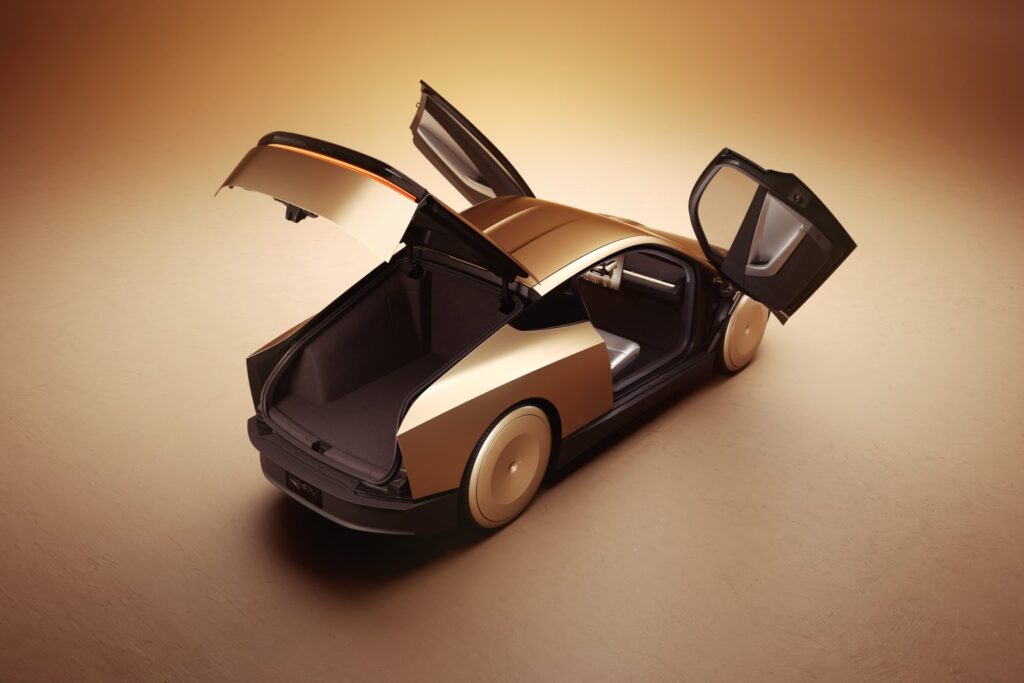
The Tesla Robotaxi Cybercab takes inspiration from the bold, angular aesthetic of the Cybertruck, yet incorporates softer curves and sleeker lines reminiscent of Tesla’s other models, such as the Model S and Model Y. The futuristic design, especially evident in the vehicle’s front fascia, emphasizes Tesla’s vision of autonomous mobility.
One unique element of the Cybercab is its innovative wheel design. The vehicle is fitted with aero covers that extend partially into the tires, enhancing not just the futuristic look but also the overall aerodynamic efficiency. The Cybercab is equipped with 225/60/R21 tires at the rear, a specification that promises both performance and comfort.
Interior and Cargo Space
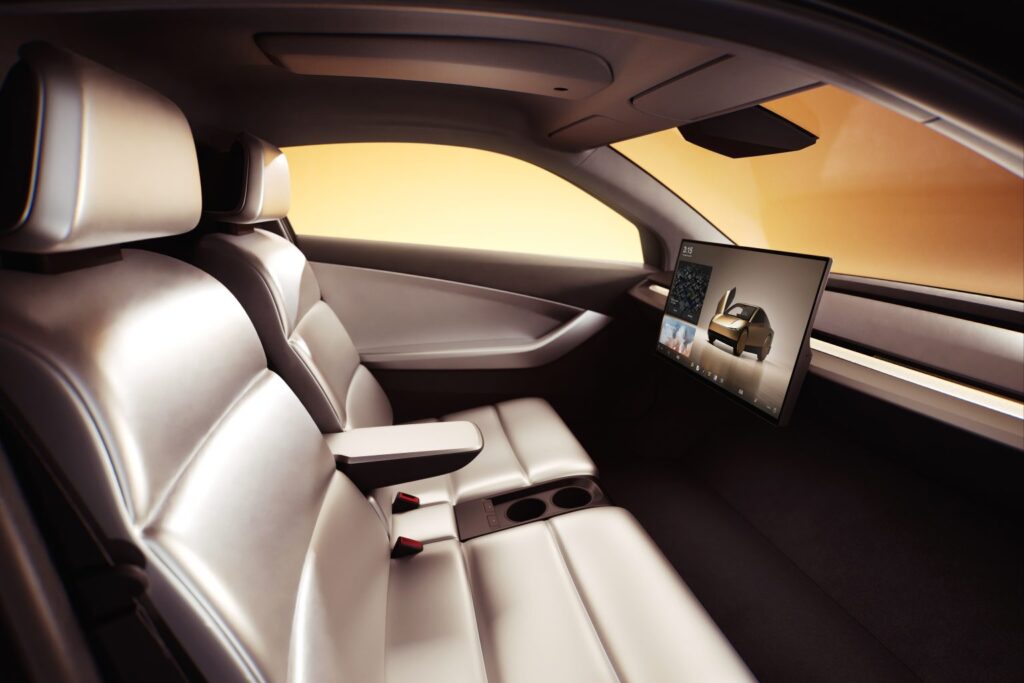
While Tesla has not disclosed the exact dimensions of the Cybercab’s cabin or cargo space, event attendees have noted that the passenger area is exceptionally roomy, suggesting comfort will be a priority in the vehicle’s design. Press images indicate that the cargo space will likely exceed the capacity of the Tesla Model 3’s trunk, making the Cybercab a practical choice for fleet owners and businesses.
Advanced Charging Technology
In a bold departure from Tesla’s usual NACS (North American Charging Standard) port, the Cybercab will feature an inductive wireless charging system. This technology stems from Tesla’s acquisition of Wiferion in 2023, a company specializing in wireless energy transfer. Tesla has already teased this cutting-edge charging method, which could simplify the user experience by eliminating the need for charging cables. The convenience of inductive charging could be a game-changer for autonomous fleet operations, making charging more efficient and less hands-on.
Price and Possible Variants
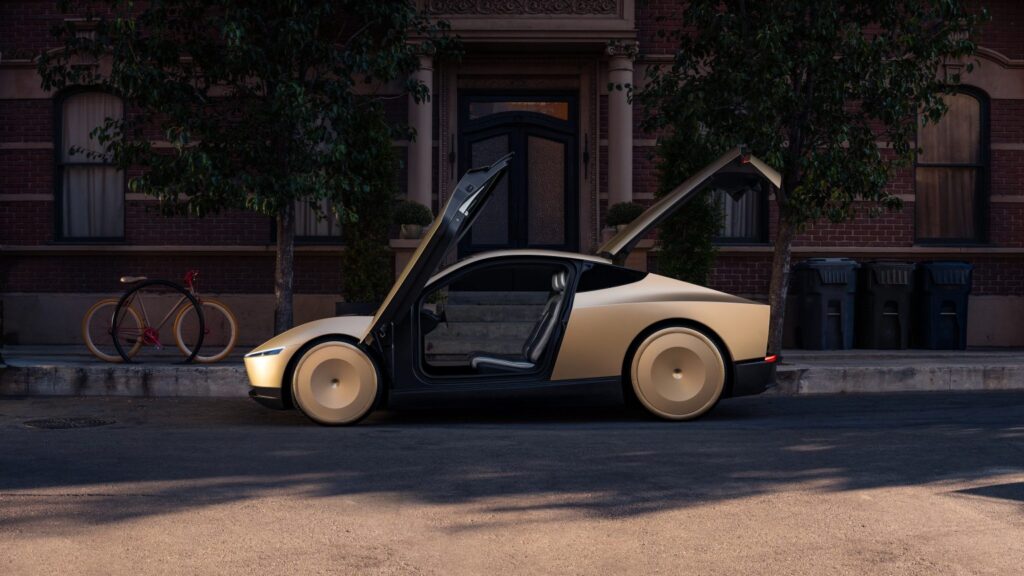
With a starting price of under $30,000, the Tesla Robotaxi Cybercab is designed to be affordable for both businesses and individual customers looking to invest in the future of transportation. This price point positions the Cybercab competitively in the market, especially when considering its advanced autonomous driving features and electric efficiency.
It is worth noting that Tesla has only revealed the fully autonomous, driverless version of the Cybercab so far. However, reports suggest that Tesla may also release a variant equipped with a steering wheel and pedals, catering to markets that require driver control, such as Asia and Europe. If Tesla does move forward with a non-autonomous version, it could significantly expand the Cybercab’s appeal in international markets.
Production Timeline and Delivery Expectations
Tesla aims to begin production of the Robotaxi Cybercab by 2026, with a goal to have vehicles on the road by 2027. While CEO Elon Musk has a reputation for setting ambitious timelines, this target seems feasible, especially with Tesla’s focus on streamlining its manufacturing process. The Cybercab is expected to be built using Tesla’s innovative “unboxed” assembly method, which allows for more efficient and flexible production. Many industry experts predict that the Cybercab will be manufactured at Tesla’s Giga Texas facility, though Tesla has yet to confirm the exact location for production.
Conclusion: Tesla Robotaxi Cybercab Review
The Tesla Robotaxi Cybercab stands as a testament to Tesla’s continuous push toward autonomous driving and sustainable transportation. Its futuristic design, innovative charging technology, and competitive pricing make it a compelling option for both commercial and personal use. As Tesla moves closer to the era of fully autonomous transport, the Cybercab could play a pivotal role in reshaping how we think about mobility. With production slated for 2026 and a price point that makes it accessible to a wide range of consumers, the Tesla Robotaxi Cybercab is set to be a major player in the future of electric vehicles.
